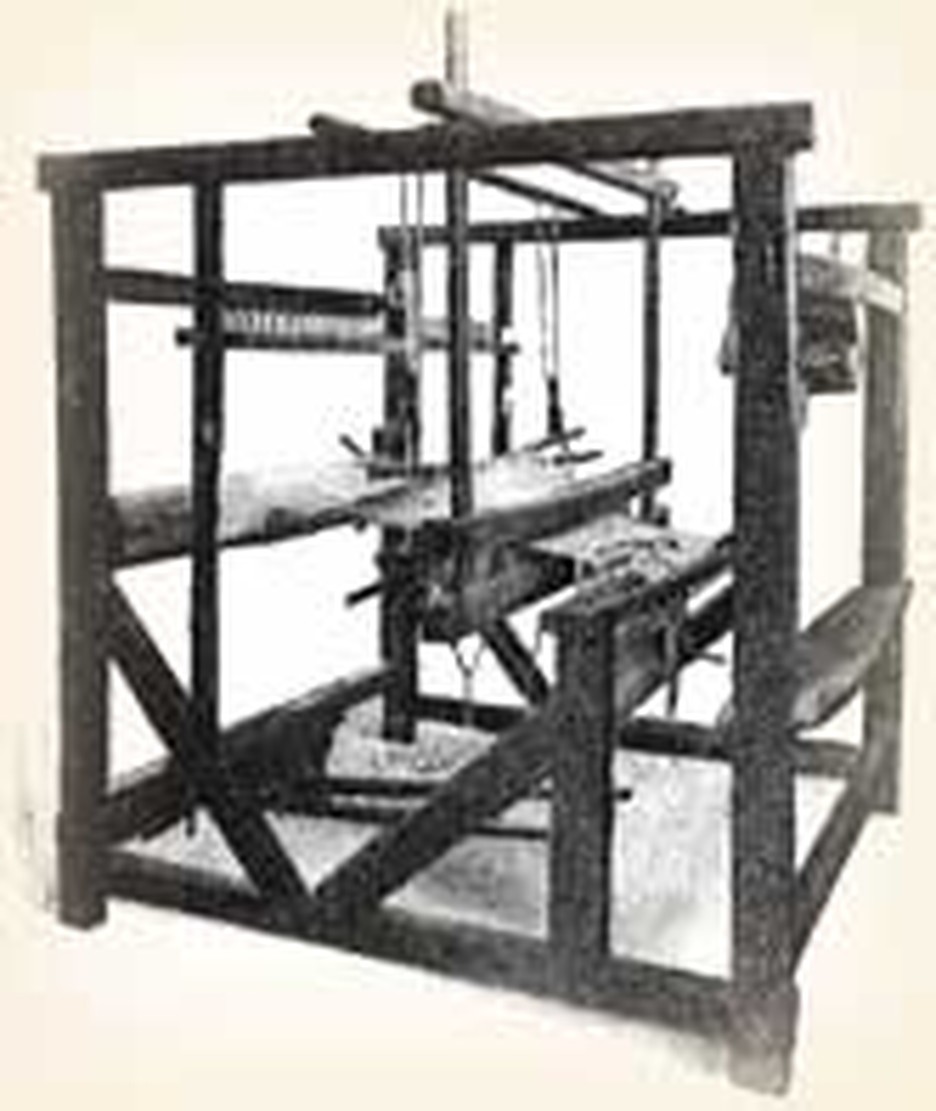
What was the truth? Early in the sixteenth century, Michael Sattler was a monk at the monastery of St. Peter's of the Black Forest. But he was a monk on a painful search for truth. The Reformation had begun. Disillusioned by the corruption he saw in church life, perplexed by his study of the Bible, and moved by the horrible conditions of peasant life, Sattler left his monastery although he was its prior, next in authority to the Abbot.
Living with Anabaptists north of Zurich, he became familiar with their convictions. Meanwhile, he learned the weaver's trade to support himself. In 1525 he was arrested for his association with the Anabaptists, but the authorities released him after he agreed to renounce Anabaptist teachings and permanently leave Zurich. The next year, Michael married Margaretha, who had recently left a Catholic religious community. She proved to be a courageous companion during the brief years of marriage that they shared.
Convinced by prayer and study that the Anabaptists (Swiss Brethren) were right, Michael rejoined them. Their movement was spreading, but most of Europe savagely opposed it. In part, this was because the movement attracted colorful and opinionated dissidents. Pressures from without and discord from within threatened the survival of the Brethren.
To remedy this, top Anabaptist leaders convened a secret meeting in the Swiss town of Schleitheim. They drew up a confession to bring some order within their loose organization. Michael Sattler, with his leadership experience was probably the author of the "Schleitheim Confession" which gave the Brethren a needed sense of identity and direction.
Michael took up pastoral duties at Horb, an area under the control of Austria's Catholics. In his few months as pastor, Michael won so much affection among the people that when authorities arrested him, his wife, and others, they placed extra guards around the prison, for fear of a revolt. On this day, May 17, 1527, Michael was brought to trial at Rottenburg on nine charges.
Offered a lawyer, he refused, saying that this was not a legal matter but a defense of the faith, which every believer must be willing to give for himself. He calmly defended his convictions but failed to move his accusers, who laughed in his face and passed this sentence: "In the case of the Governor of his Imperial Majesty versus Michael Sattler, judgment is passed, that Michael Sattler shall be delivered to the executioner, who shall lead him to the place of execution, and cut out his tongue; then throw him upon a wagon, and there tear his body twice with red hot tongs; and after he has been brought without the gate, he shall be pinched five times in the same manner."
In the few days before his death, he wrote to his flock: "In such dangers I have surrendered myself entirely to the will of the Lord and am, with all my brothers, my wife, and some other sisters, prepared for witness to him even unto death." On May 20, 1527, the sentence was carried out. As the flames consumed him, he held up his forefingers as a prearranged sign to his fellow believers, verifying that God had given him the strength to endure faithful to the end. A few days later, after refusing a final opportunity to recant, Margaretha followed her husband in martyrdom and was drowned.
Anabaptist descendants today are found in the Mennonites, Amish, Hutterites, Brethren in Christ, and other groups.
Bibliography:
- Adapted from Christian History Institute's Glimpses #17.
- Dyke, Cornelius J. An Introduction to Mennonite History; A popular history of the Anabaptists and Mennonites. Scottdale, Pennsylvania: Herald Press, 1967.
- "Michael Sattler." Anabaptists. https://www.anabaptists.org/history/sattler.html
Last updated May, 2012



.jpg)